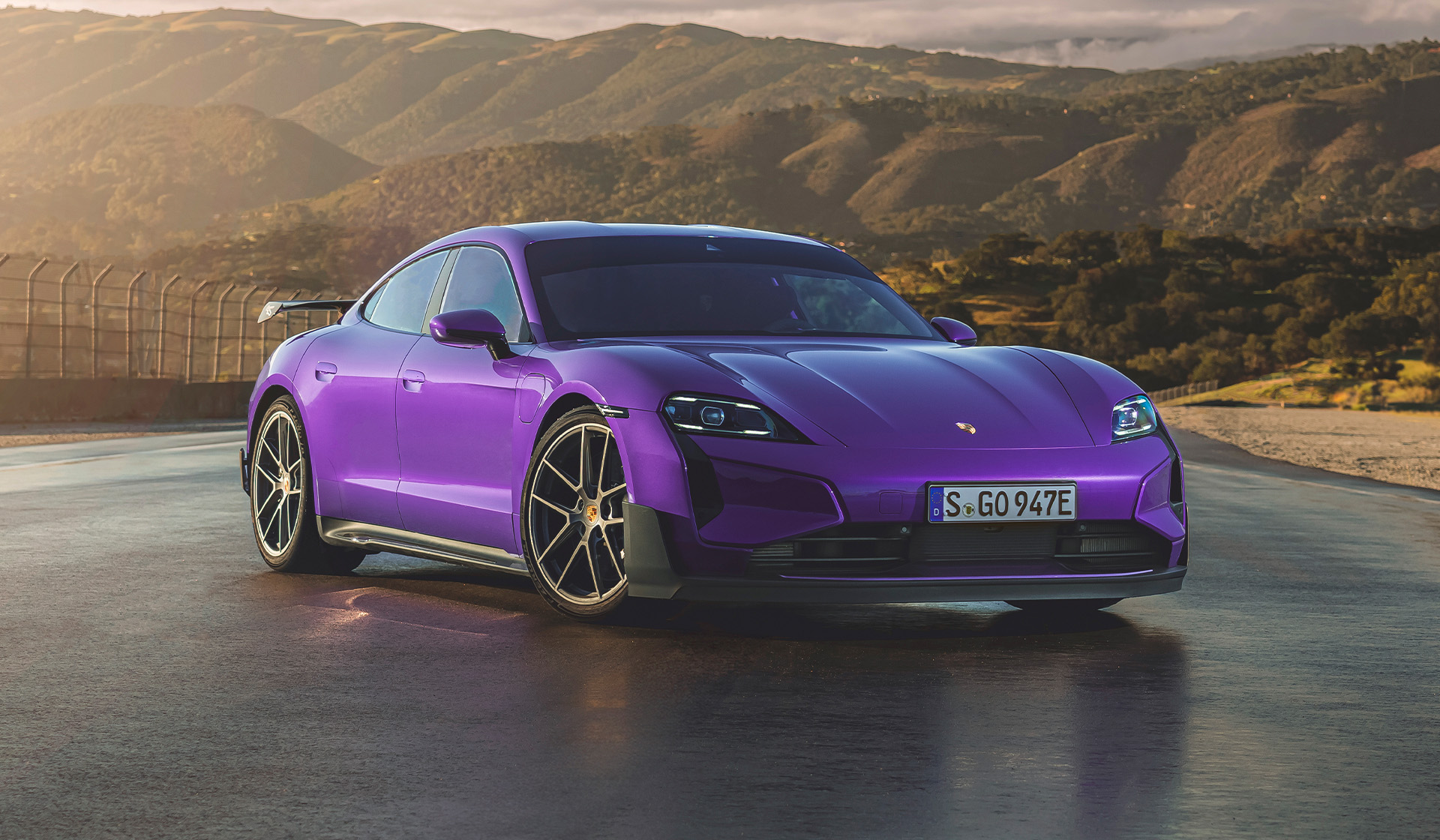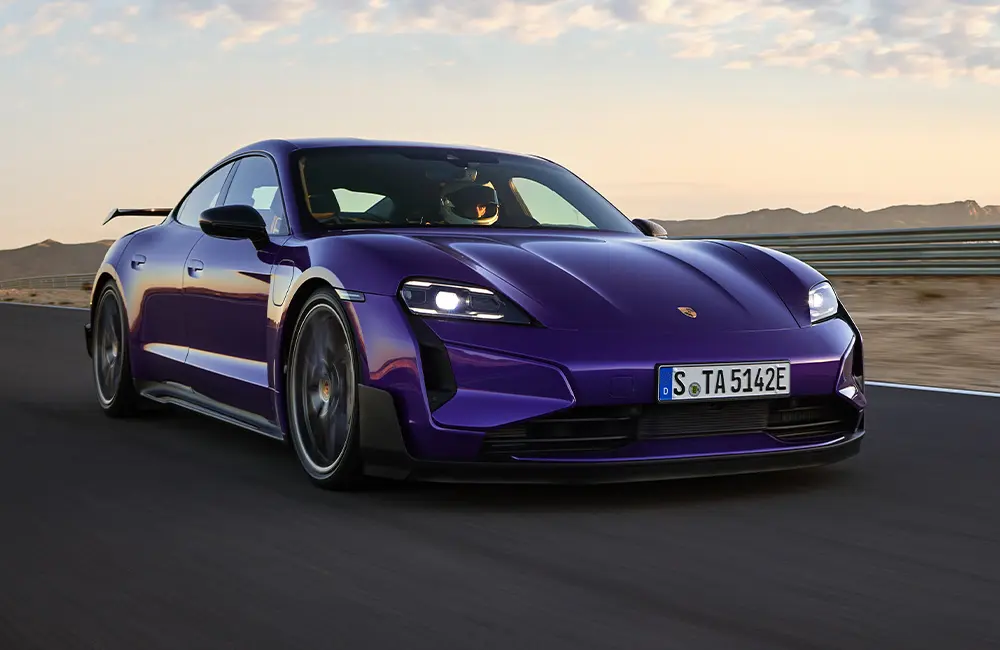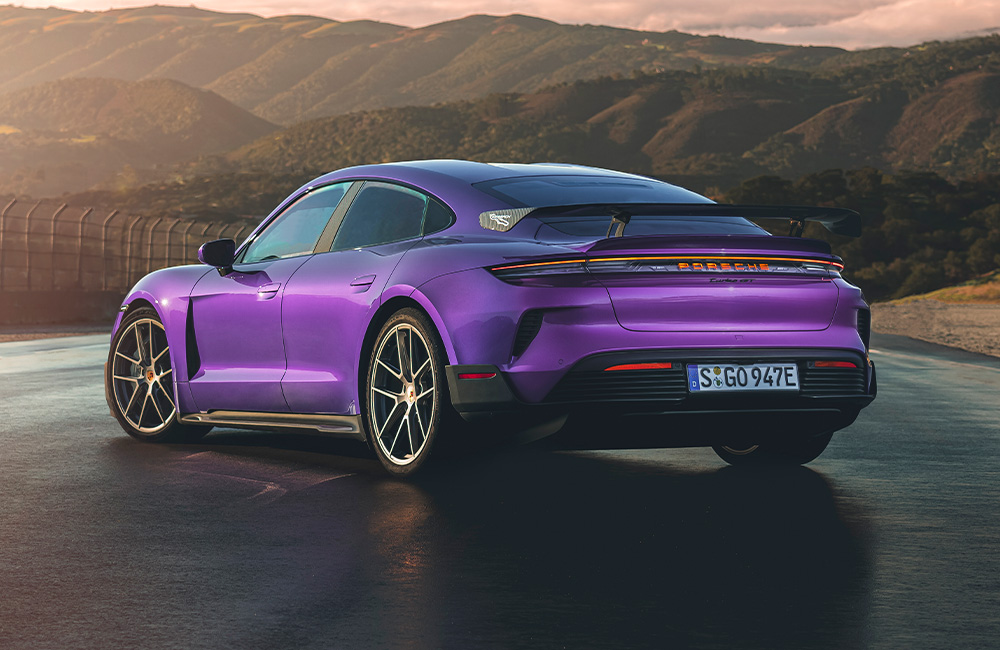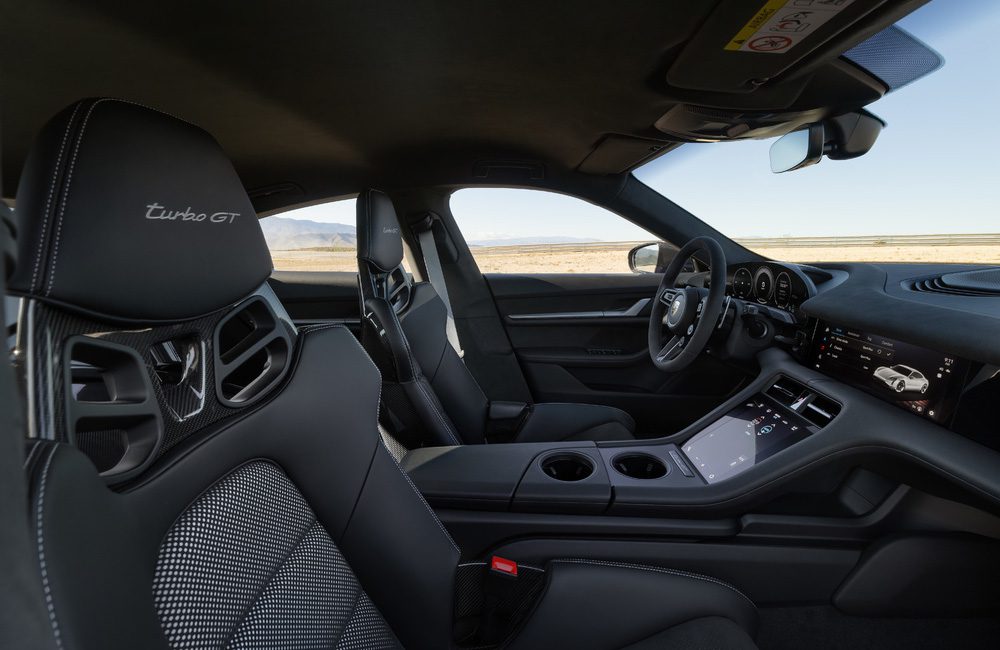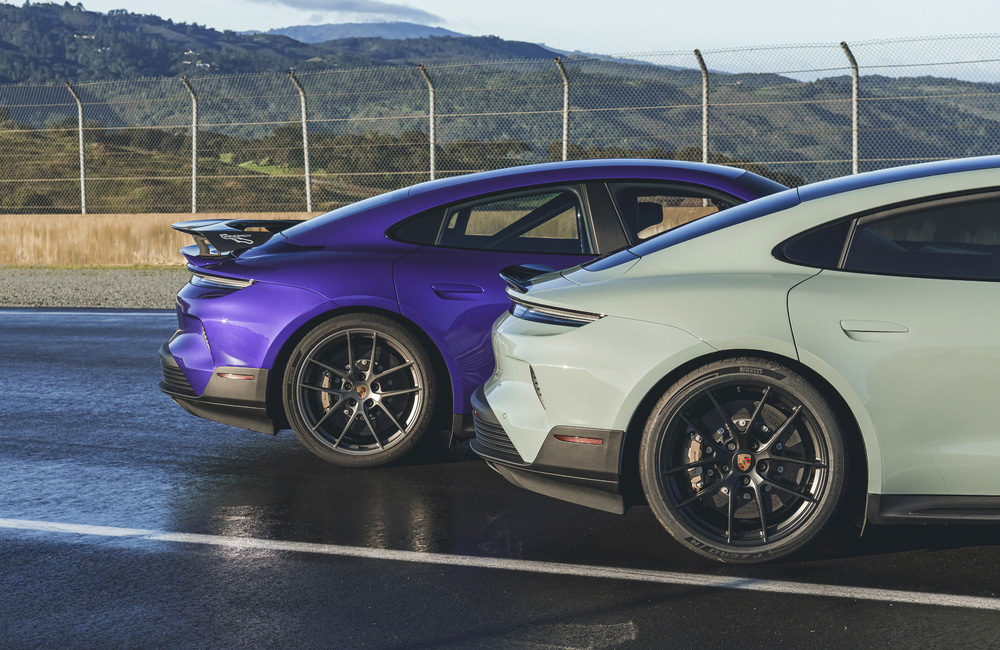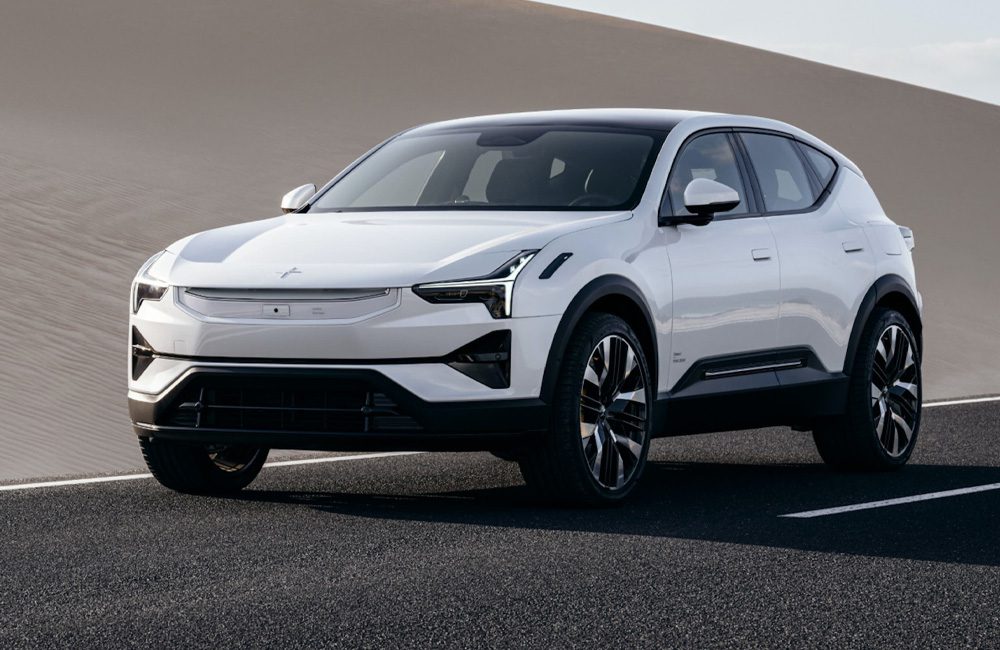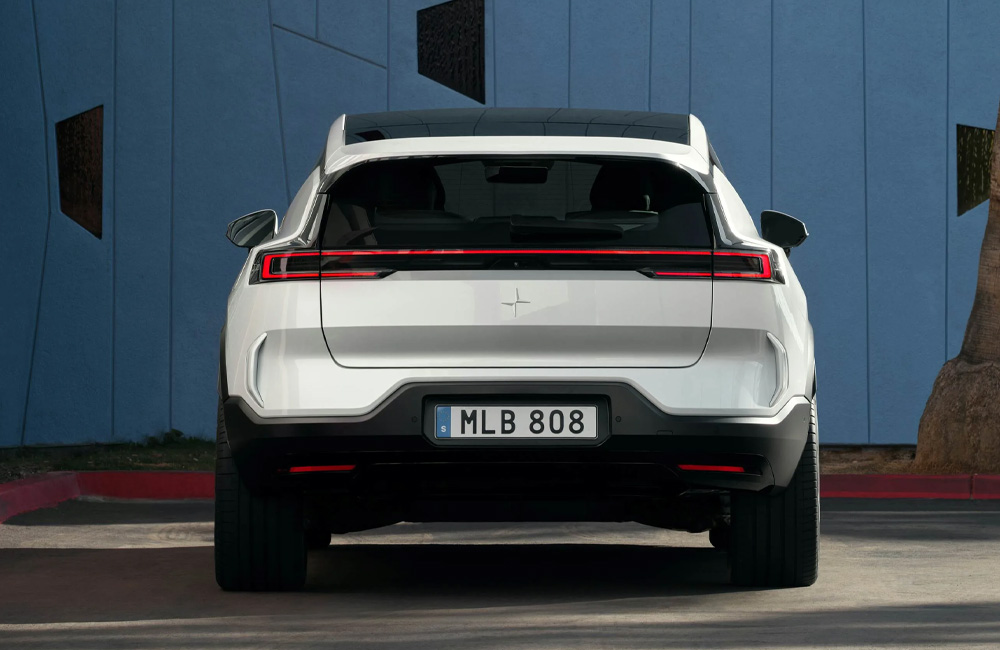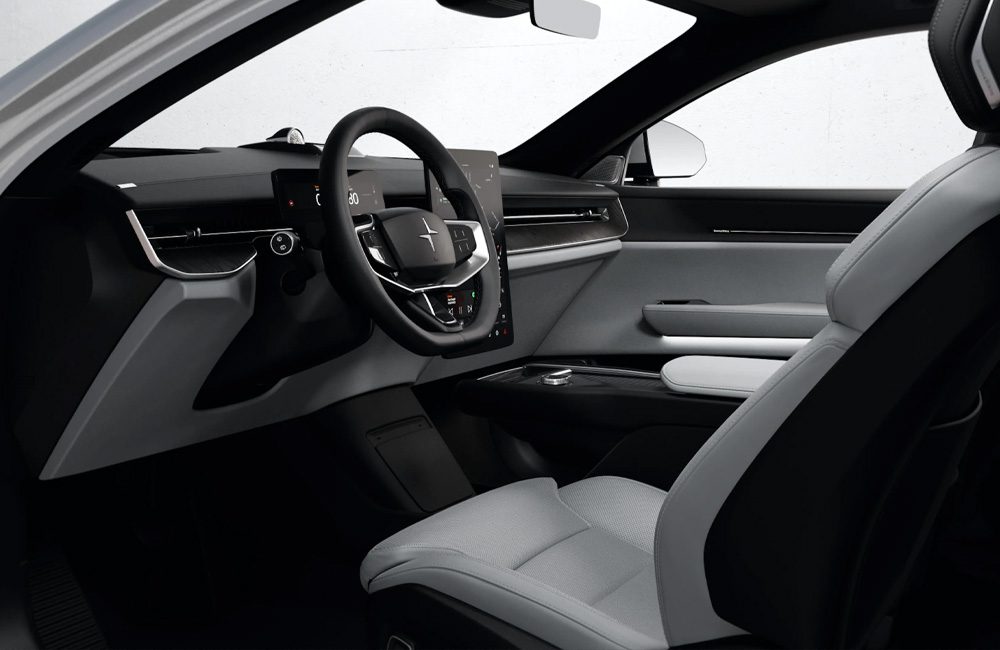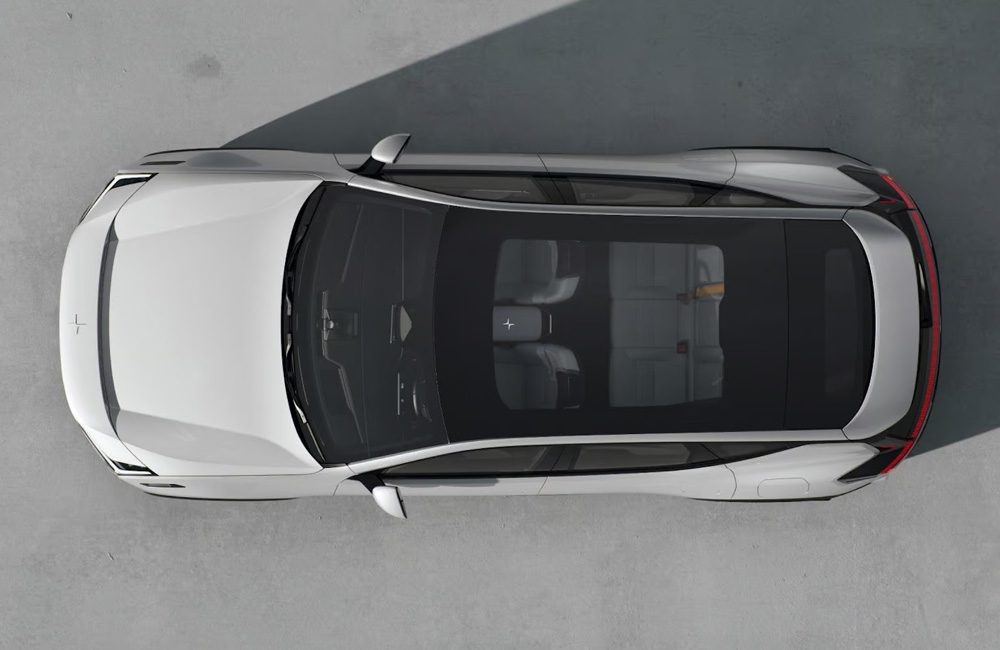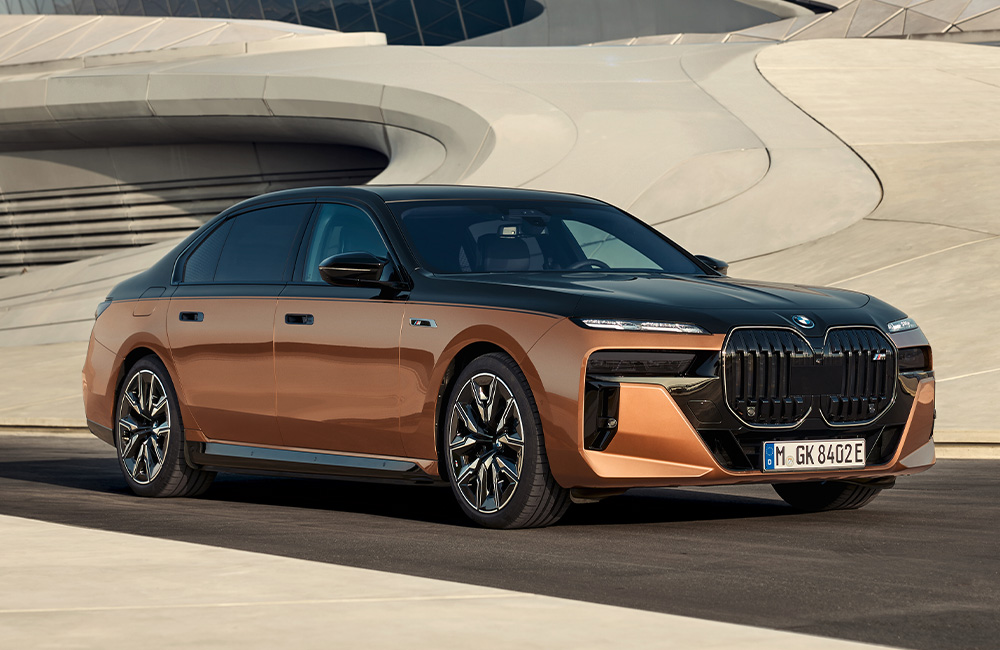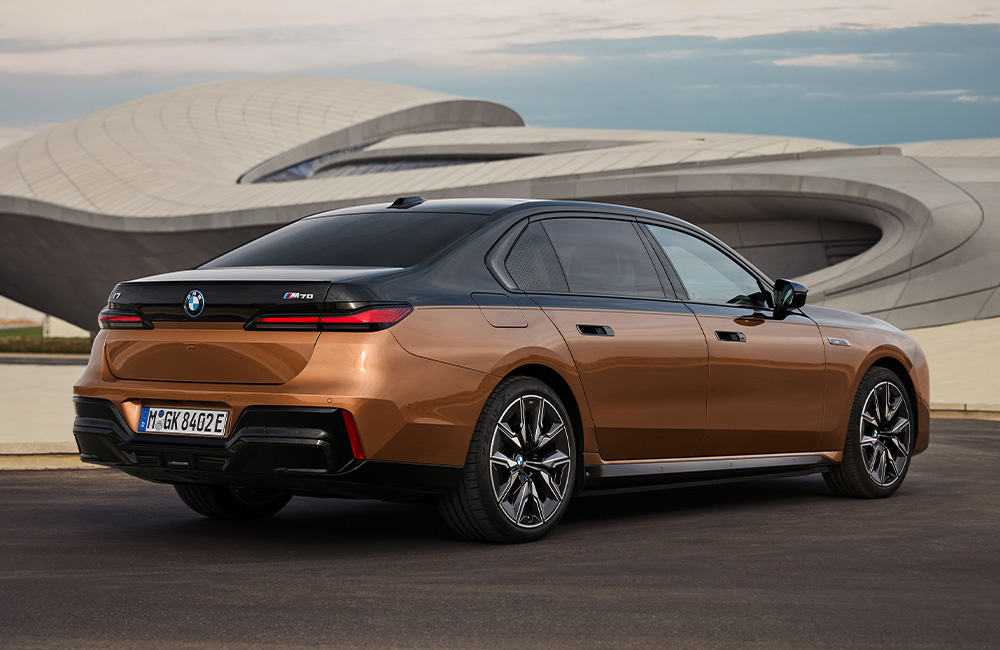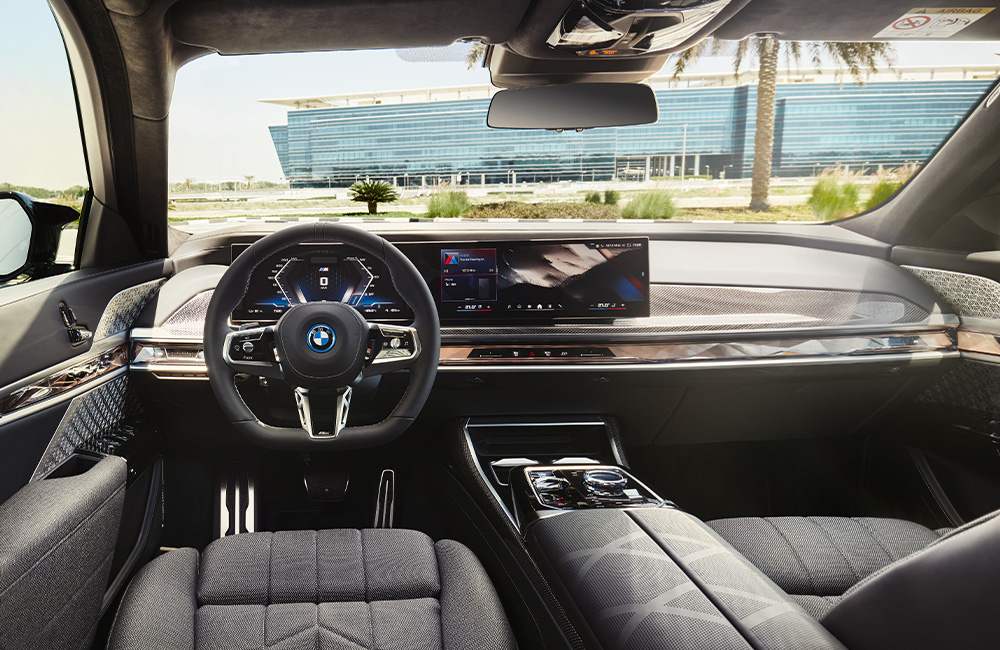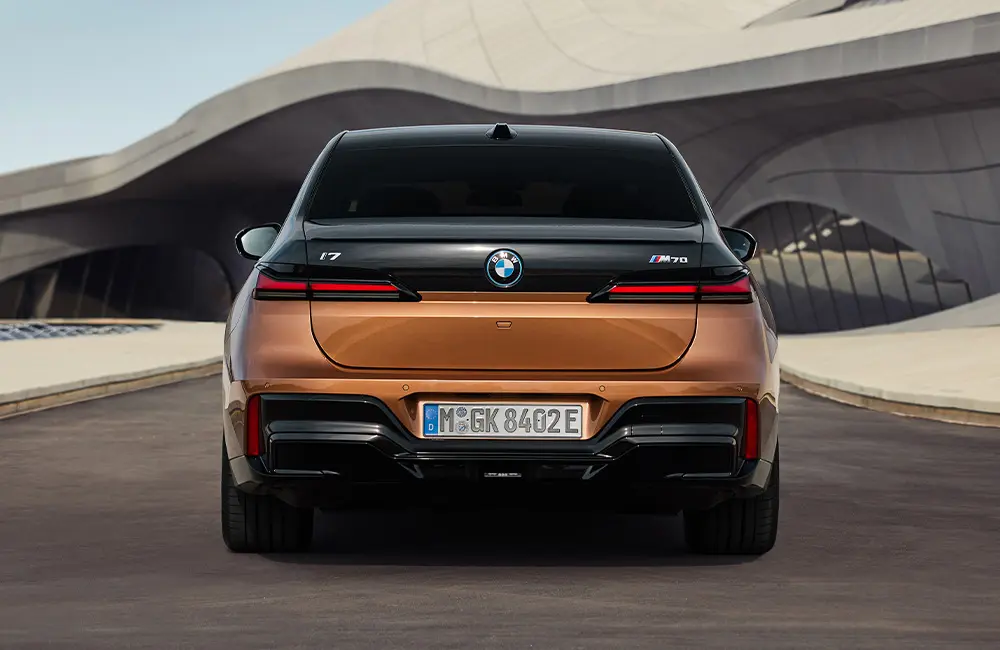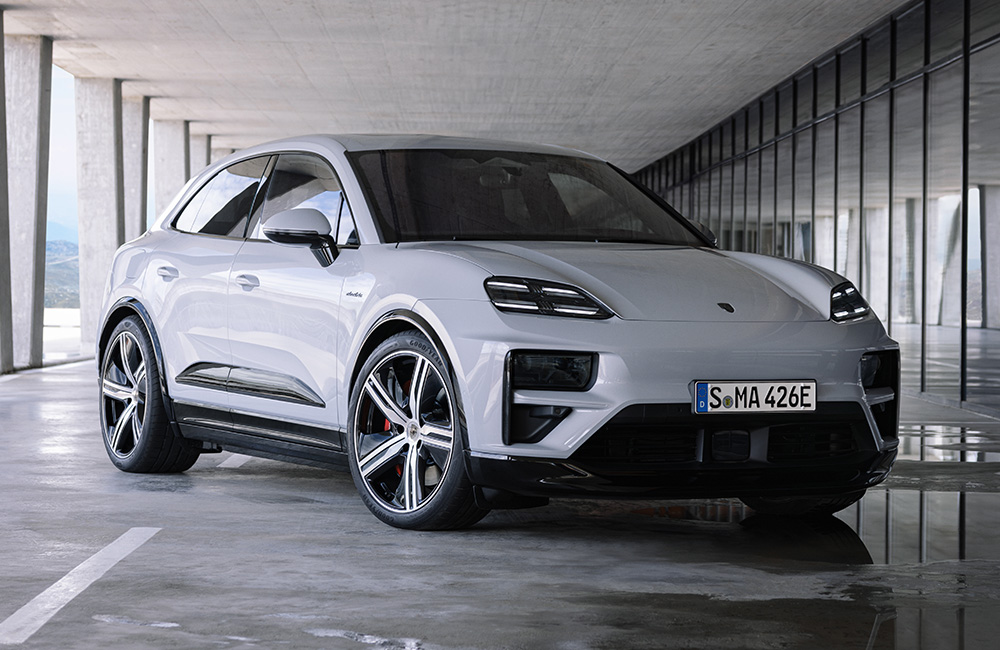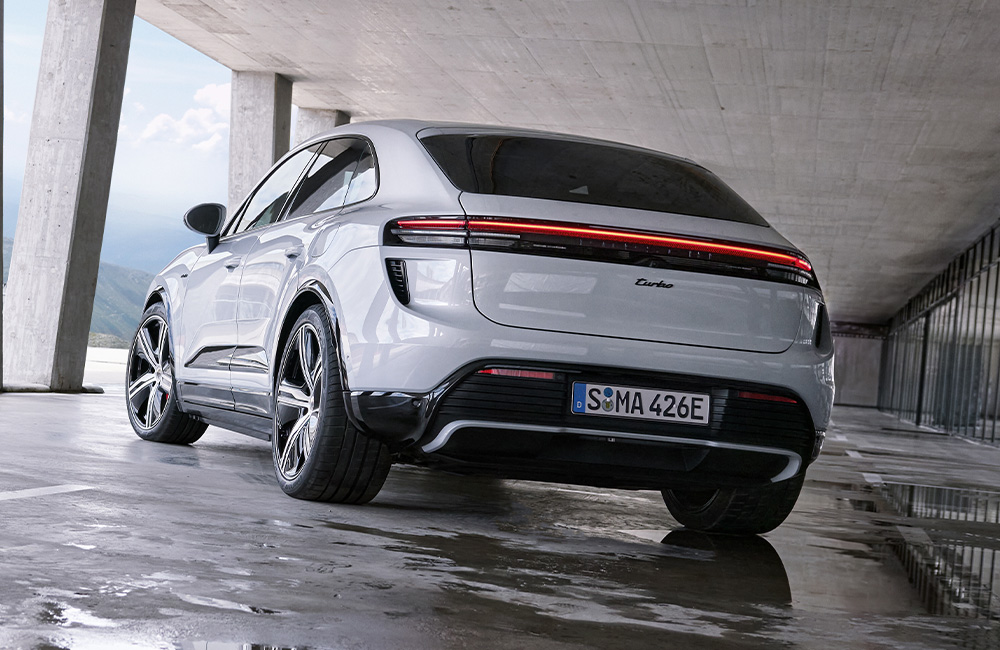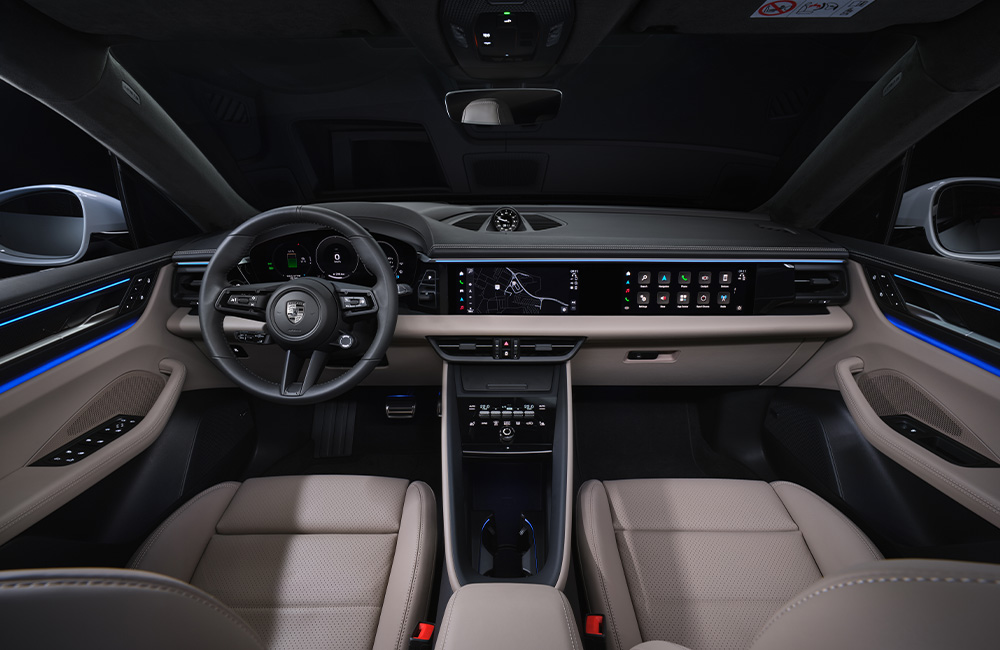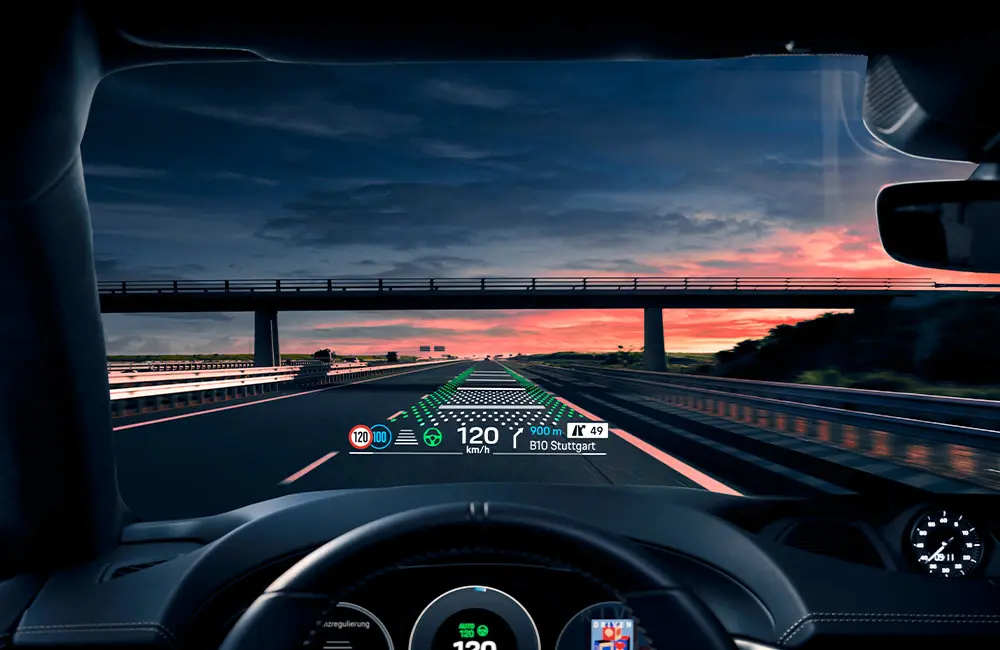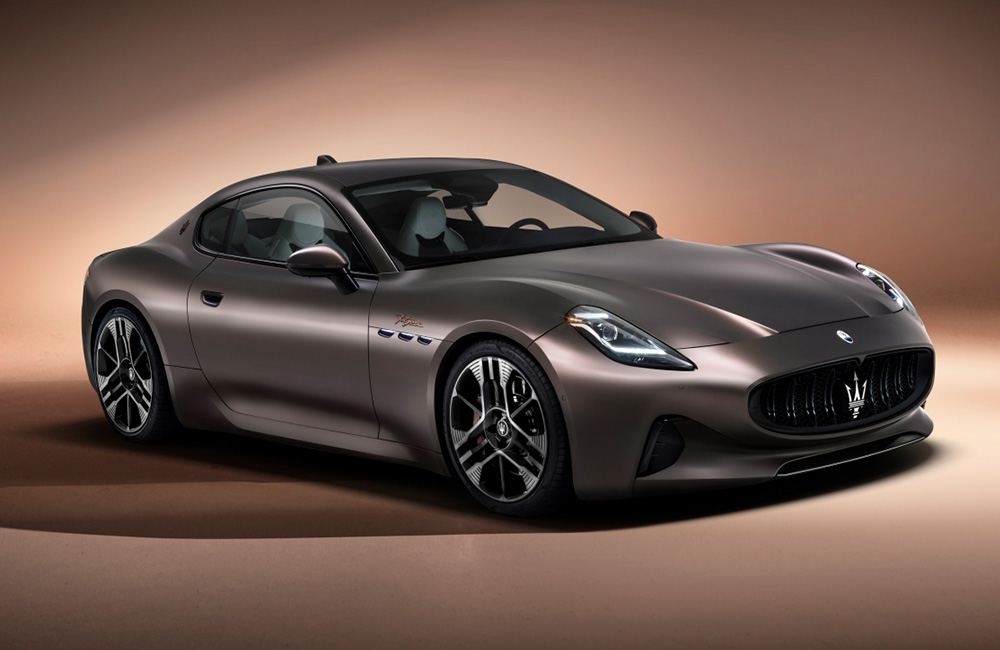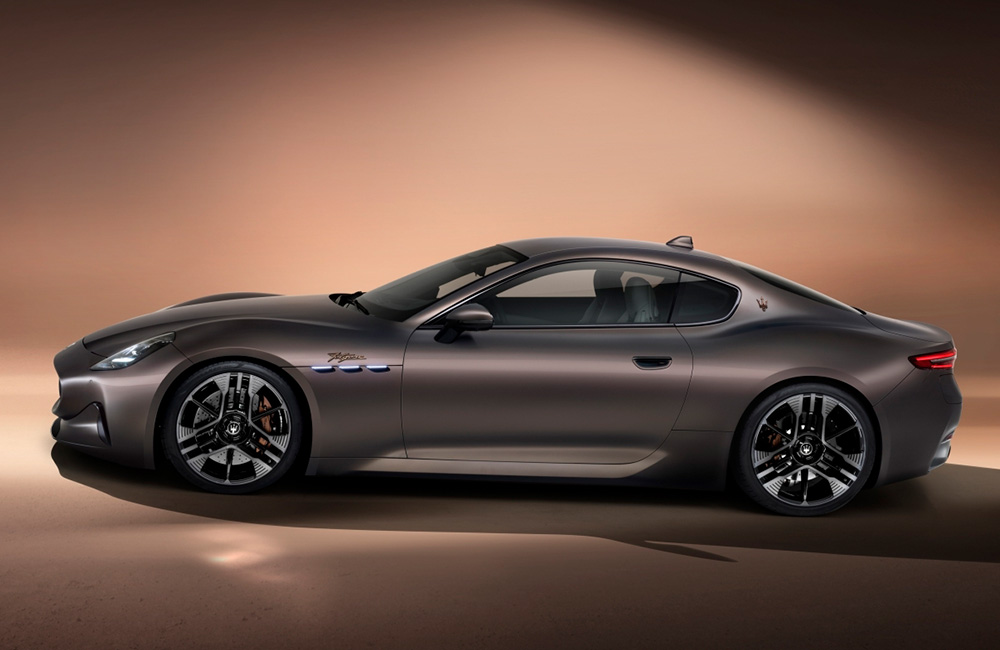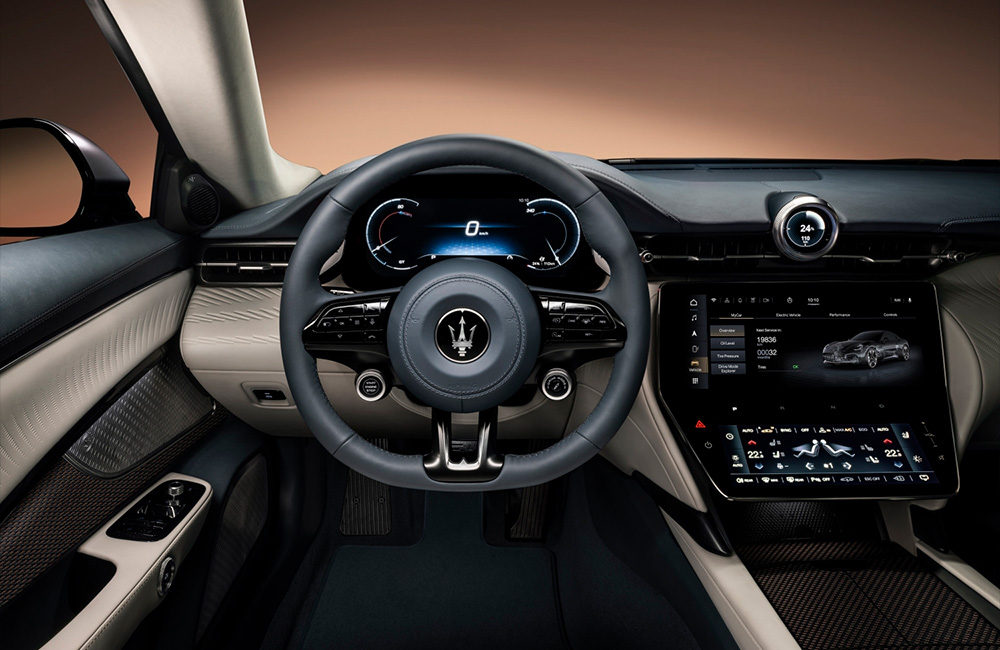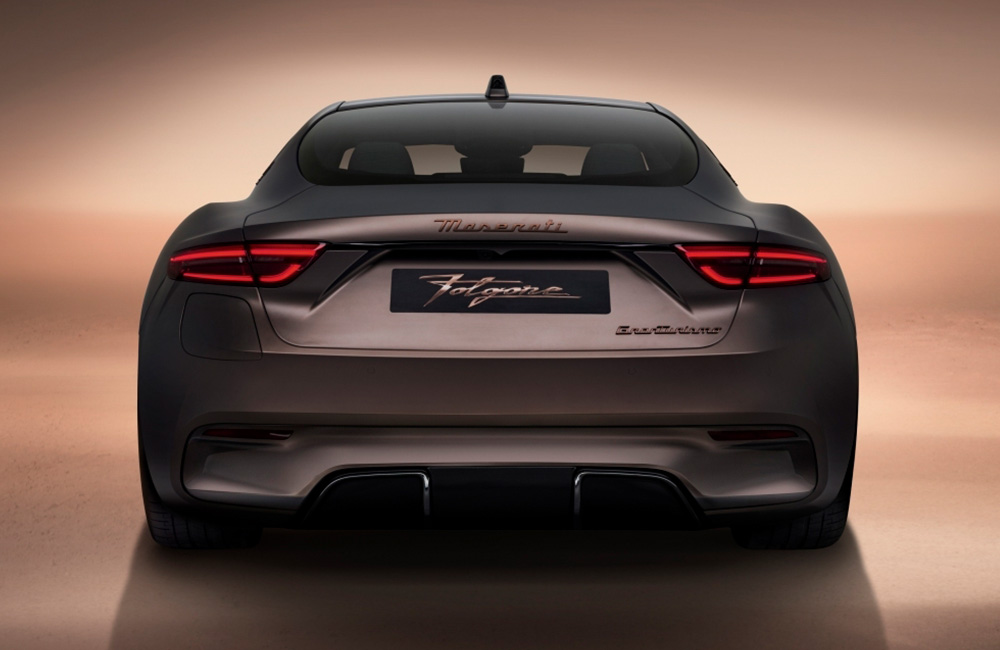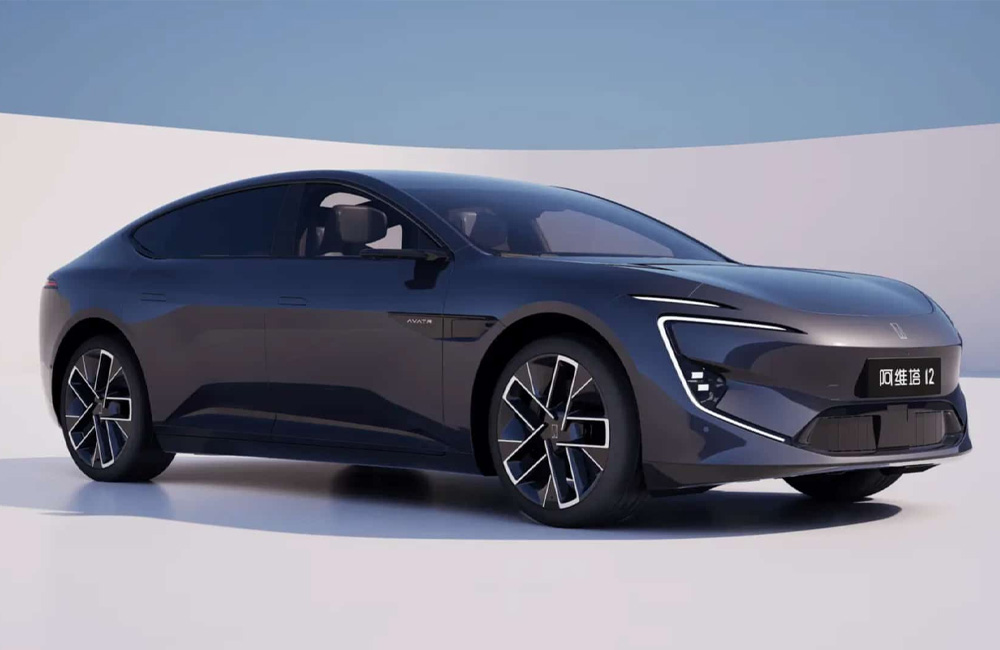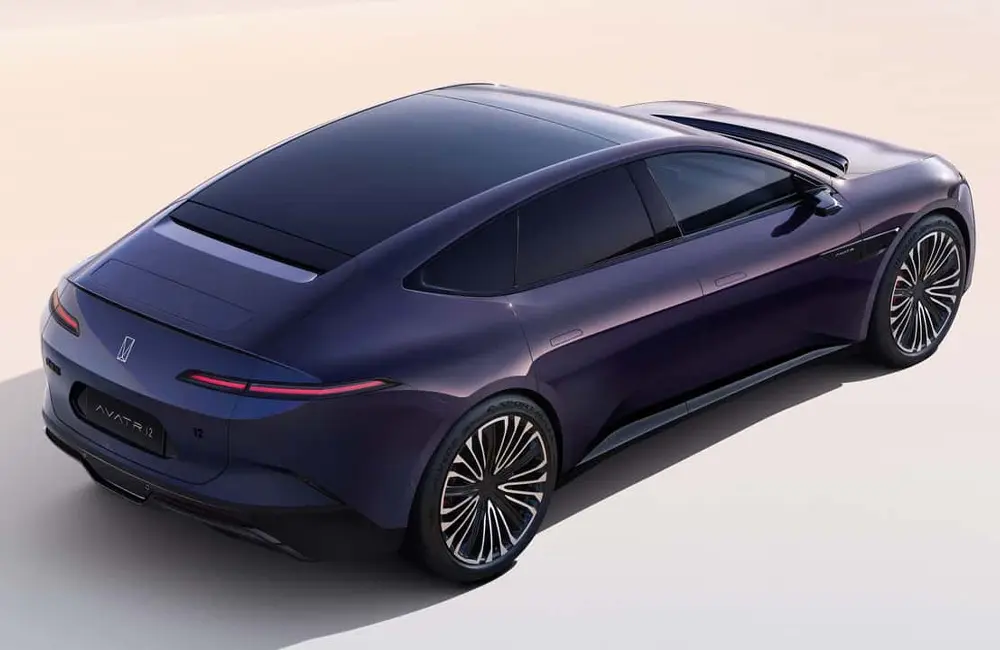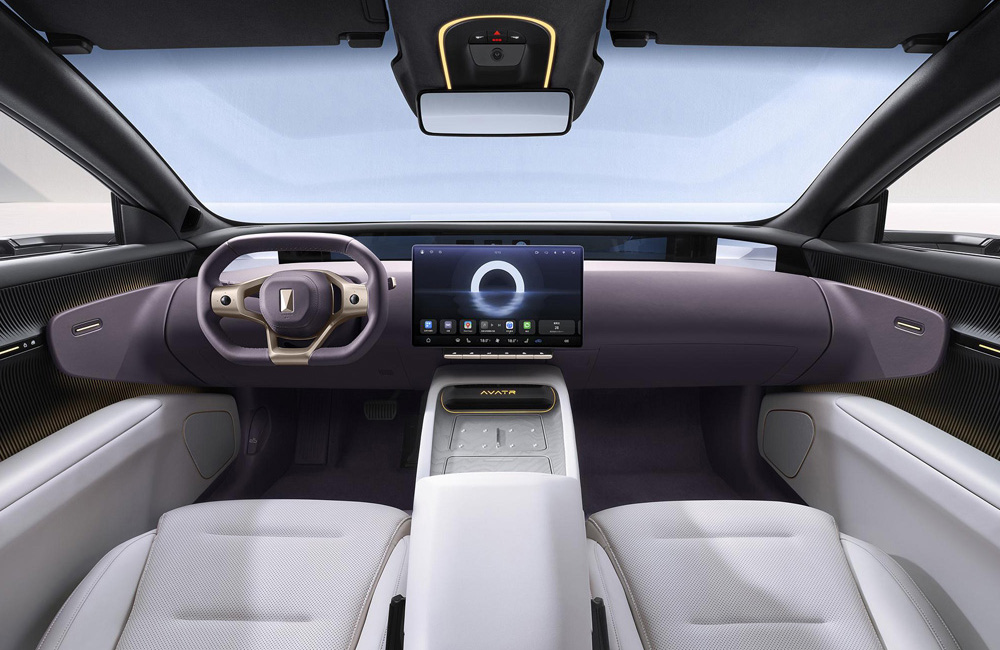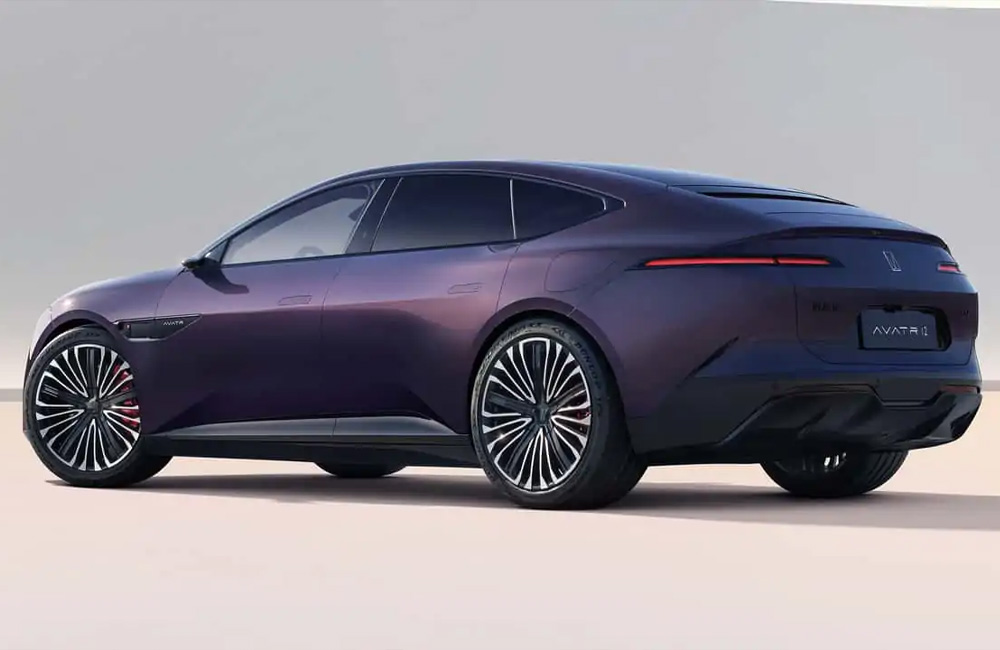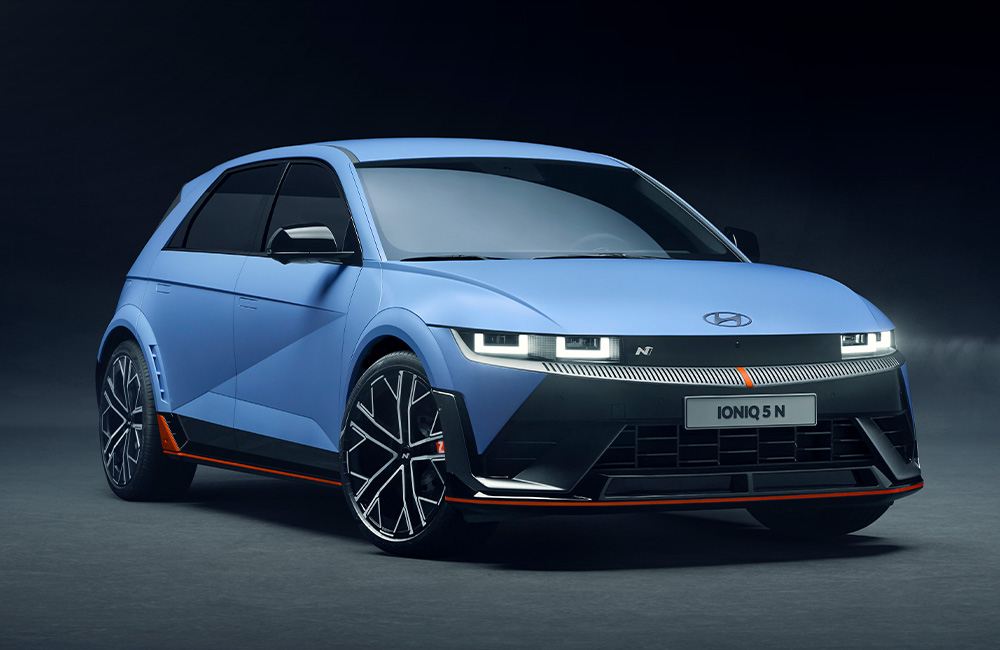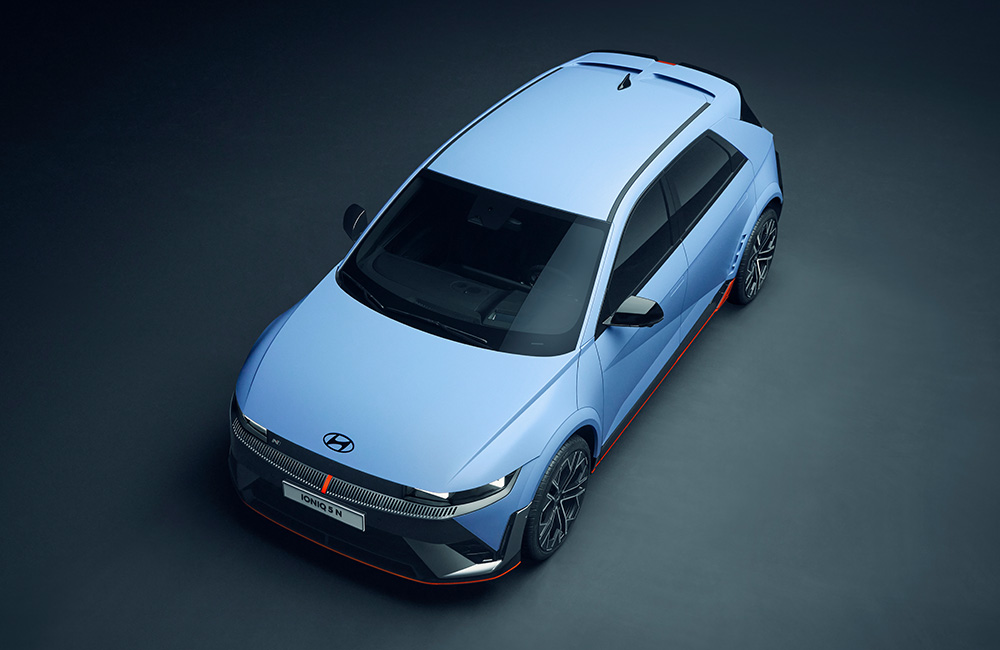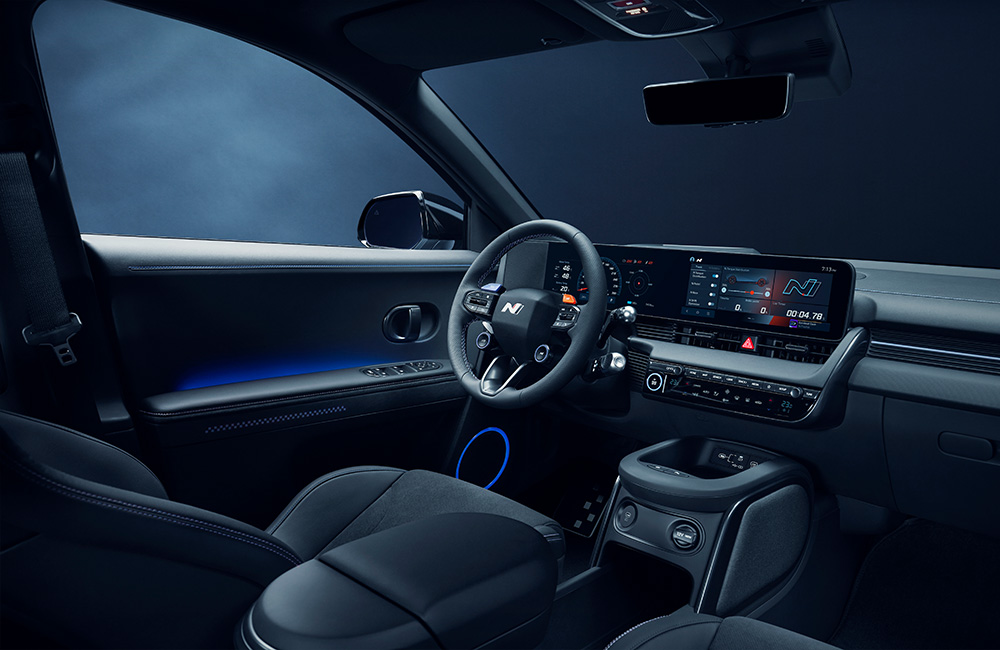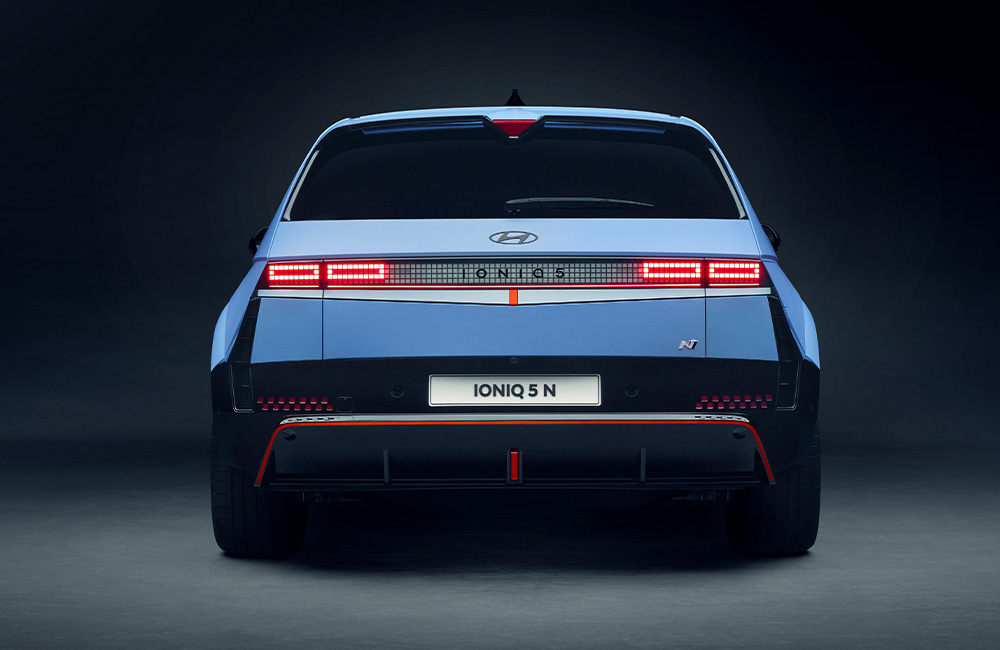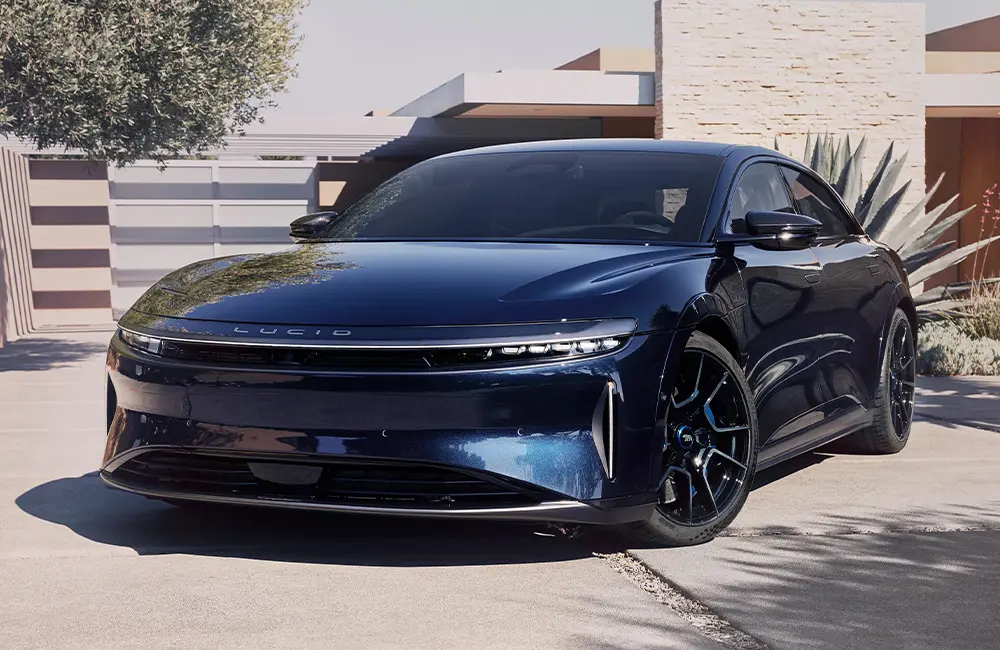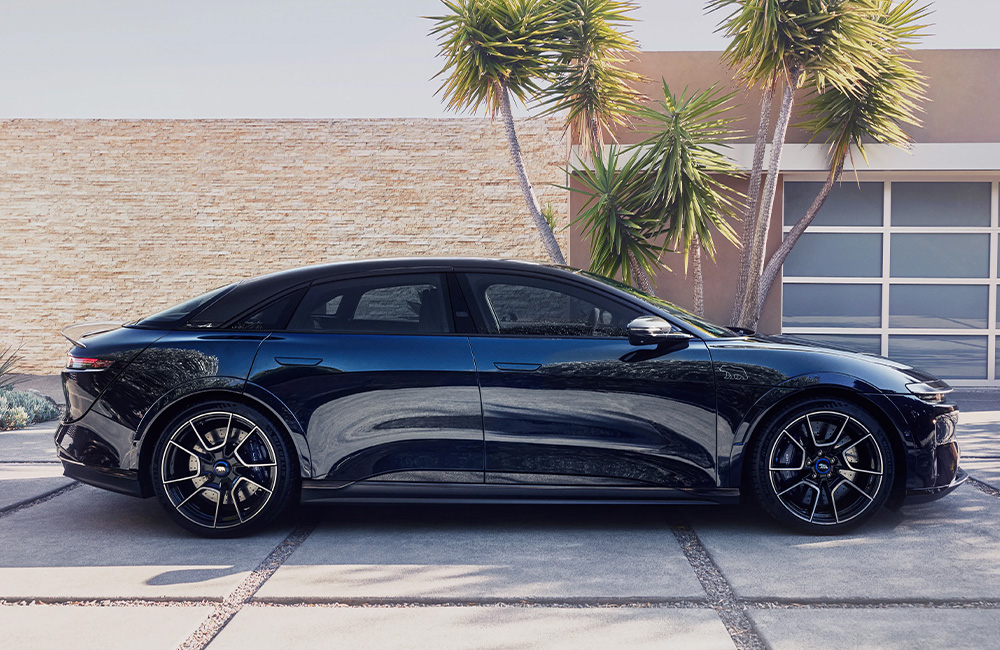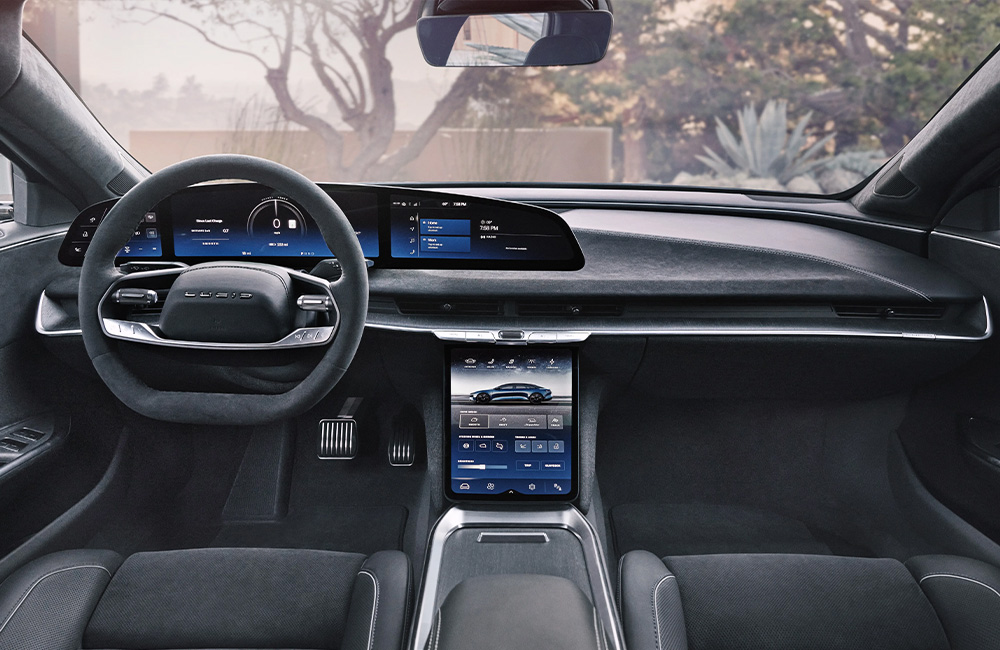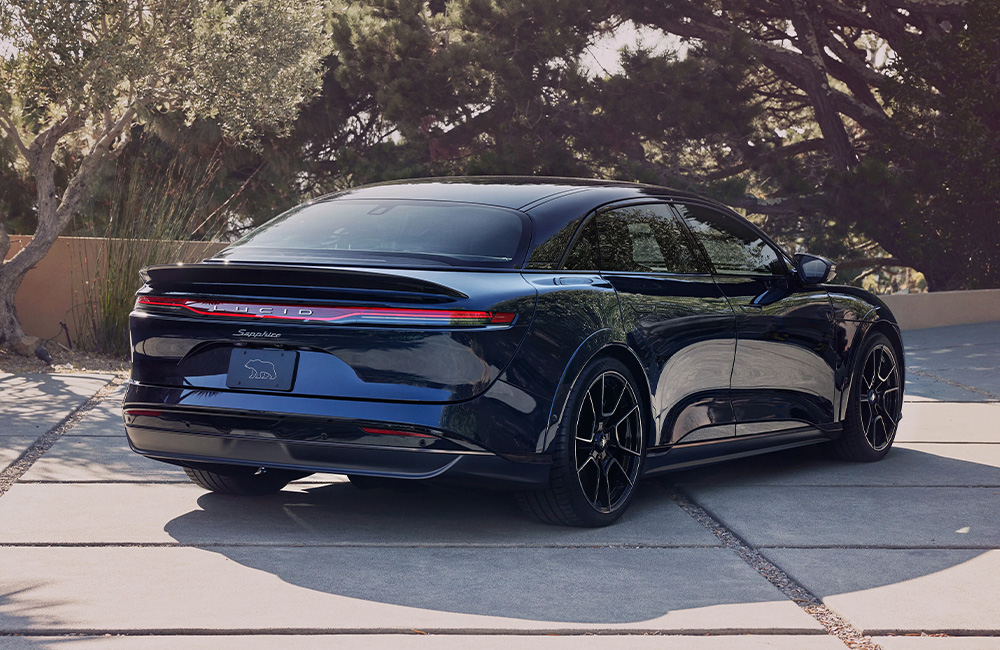Full Charge: The 8 Best Electric Cars You Can Buy In 2024
We doubt there’s a car-related list that will chop and change as much as the best electric cars, so we thought we’d keep on top of it and give you a new one before summer 2024 properly kicks off.
You may or may not recognise some of the models on this list, but in all cases they represent the absolute cutting edge of EV design and technology.
So, let’s get to it before this article becomes obsolete.
Porsche Taycan Turbo GT
The Porsche Taycan has always been a bit of a numbers car, and the new Turbo GT is no different. Packing 1,034hp from its two e-motors, the Taycan is capable of posting some insane performance figures, such as the 2.2 second 0-62mph time and a bunch of new lap records for an EV around places like the Nurburgring in Germany and Laguna Seca in California.
Yet while the on-paper figures are striking, being a Porsche means they’ll be achievable over and over again. For example, that 2.2-second 0-62mph time might be slightly behind Tesla’s Plaid, but that’s on an unprepared tarmac surface and without any roll-out – two elements that dramatically change the outcome of standing start acceleration.
There’s also the ‘GT’ bit. Instead of just loading the new Taycan with a load more power and then calling it a day, this new range-topper has been fundamentally re-engineered to drive as well as possible, too. Almost every element has been replaced or tweaked, with a state-of-the-art fully active suspension system underpinning the whole chassis.
In fact, Porsche has been so confident about the Turbo GT’s handling capabilities that it’s also offering a lightweight Weissach Package for the first time on any four-door model. This adds components for added downforce and removes the rear bench.
And, to make sure everyone around you knows this is something extraordinary, there’s also the new Purple Sky paintwork you can spec it in.
Polestar 3
The Polestar 3 is still on the edge of going on sale in the UK and USA, but the wait will be worth it as it’s already promising to be one of the most outstanding electric SUVs yet. That’s because the new Polestar is a truly bespoke new model with a unique chassis and powertrain.
This five-seat SUV will come with a dual-motor powertrain, offering up to 520hp in the Performance Pack model, and can hit 62mph in 4.5 seconds. However, while the power is good, this car is all about the torque, which is an enormous 671 lb-ft. That figure can turn what is a huge car into one that feels like an oversized hot hatchback, backed up by the brilliant adaptive suspension.
Yet the Polestar 3’s best bit is the design and interior. Few cars can mimic the state of change when it comes to aesthetics – be that in any field of fashion, architecture or interior design – but the 3 still nails it with a pure Scandinavian aesthetic overlaid atop a cooler and moodier palette. Whereas Volvo interiors can feel warm and inviting like a Swedish furniture store (no, not that one), a Polestar is like the inside of a Star Wars imperial cruiser.
Yet the Polestar arguably comes with even better tech thanks to Google being built right into the user interfaces. Even better, this software element of the car – often one that dates quicker than motors, batteries or design – can be updated along the way to keep it feeling as fresh as the day you bought it.
All that’s left is for it to go on sale!
BMW i7
The iconic BMW 7 Series is a natural candidate for being reimagined as a large and luxurious EV. Yet while the German company didn’t go the whole hog and create an entirely new platform or body for it – petrol and hybrid models are still available – it still does make quite a statement, and not just because of those controversial looks.
The full-size class is generally noted for its conservatism, but BMW’s 7 Series has generally been much more ambitious, giving us a glimpse into the future design language of the rest of the range. Yet while the new i7 certainly is progressive, its direction is meant to ensure a certain amount of distance between the smaller models to put this car in competition with the brands that generally operate above rather than below.
The effect is dramatic on the road, and is matched with a beautifully built interior that feels as modern and luxurious as any five-star hotel. The tech on board is next-level, too, with a massive cinema-style screen able to be specified for the second row. While we couldn’t call it opulent in the same manner as a Bentley or Rolls Royce, the quality is definitely still up there, and it comes with even more toys.
It’s not quite as engaging to drive as previous generations, but what it lacks in feel it makes up for in sheer refinement. It’s also not exactly slow, and with a massive 112kWh battery the range is pretty good considering its size and weight.
If you want a dose of extra performance, you can specify an even more powerful M60 model with 747hp.
Porsche Macan
The Porsche Macan has been a phenomenal success for the brand, selling hundreds of thousands of units over the nine years it’s been in production. This made Porsche’s decision to replace it with a fully electric replacement, and only a fully electric replacement, a very bold move.
What it’s come up with, though, is extremely impressive as it debuts a whole new generation of underpinnings that will be used across both the Porsche and Audi model ranges. The new Macan comes first, though, and kicks off in a base Macan and top-spec Macan Turbo form – the latter offering the same sort of punch you’d expect of the hallowed badge.
All-in, the Macan Turbo can produce up to 639bhp, helping it sprint to 62mph in just 3.4 seconds, significantly faster than most of its key rivals. That power is cleverly distributed, too, with a larger rear motor giving the car a distinct rear bias to the delivery. In addition, Porsche is also offering an optional torque-vectoring differential to split the power left and right – things that should make this Macan drive just as well as the previous generation.
This all comes with a significant step forward in tech and features, with an all-new interior with the optional passenger display that essentially turns the entire dashboard into a digital interface. There’s a big emphasis on personalisation this time, too, with multiple wheel designs, a varied colour range and some attractive new options for leather finishes and accent materials.
Maserati GranTurismo Folgore
Maserati could be considered something of a schizophrenic car company, with new models now pouring out after what felt like years of inactivity. The most ambitious is probably this, though, as it’s reimagining its iconic grand tourer with a fully electric powertrain. The new Folgore looks nearly identical to the petrol-powered model save for a new set of wheels, a closed-in grille and subtle changes to the front and rear bumpers.
But under the skin, things couldn’t be more different. The space usually filled with a V6 engine and all-wheel-drive system now features three motors and a huge battery pack. Those batteries are mounted not on a flat plane but within a condensed T-shaped battery pack, which sits in the transmission tunnel and the space previously used for a fuel tank. This powers the three motors, one mounted on the front axle and two on the rear, to create an impressive 760hp power figure.
This also means it’s all-wheel drive, just like the petrol car, but with the added ability to completely control the torque split between the rear wheels thanks to two independent motors. This is all controlled via Maserati’s latest software systems which, despite the added weight, actually make the Folgore even more exciting and engaging to drive than the already brilliant V6.
The kicker is that, unlike nearly all of its two-door GT rivals, there’s still enough room in the back for two full-sized adults. This unique combination of elements makes the GranTurismo Folgore a fascinating entry into the marketplace. Beyond all of these innovations, it retains the romantic, glamorous design that Maserati has been renowned for over its 110-year history.
Avatr 12
Chinese manufacturers might not have the best reputation for high-end EVs, but that’s not to say there aren’t some exciting options coming out that we should be paying attention to. One such model is the Avatr 12. Built in collaboration between Changan, CATL and the Chinese state, it has some major support and expertise behind it.
Yet for it to gather any initial traction, it has to look right. Therefore, Avatr hired an ex-BMW designer noted for creating some of its most elegant models. Indeed, this four-door coupe-cum-hatchback hits all the key checkpoints: clean lines, minimalist lighting, and fascinating proportions.
It’s also one of the few four-door cars purposely designed without a rear window – something Polestar has also been dabbling with. Instead, its functionality is replaced with a rear-mounted camera displayed on a screen where a rear mirror usually sits. The cabin as a whole is a statement of tech and design cleanliness, with vast digital displays and elegant shapes.
All that’s left to do is drive it. This is where the Avatr’s biggest challenge will lie, as Chinese manufacturers have yet to create a truly impressive driver’s car in the mould of a Porsche Taycan or Audi E-Tron GT. Yet as Chinese cars become more sophisticated, it’s no longer a question of whether they will become competitive with rivals from the establishment but how far ahead they might end up. Watch this space.
Hyundai Ioniq 5 N
No one has cracked the electric hot hatchback code yet, but Hyundai looks to have done it with the new Ioniq 5 N. Except the Ioniq 5 N is no hot hatchback, but rather a high-performance electric crossover with lots of room inside.
The Ioniq 5 N’s power figures are fairly mental – 639hp and a 0-62mph time of 3.8 seconds – but it’s how the N uses that power which makes all the difference. Yes, you can drive it as a normal fast EV, with that seamless power delivery and silent e-motors, but you can also select all sorts of different modes and effects within them that can do anything from mimic a petrol engine and automatic transmission to something that blends the two.
The same can be said for its power augmentation, which is variable between the two axles to the point of becoming a very tail-happy drift machine. Yet beyond just being able to offer these elements, it’s the work Hyundai has put into the calibration and naturalness that has to be celebrated.
Yes, the engine noise and gear shifts are fake, but it’s still extremely good fun. In fact, there’s so much power and poise to the chassis that you almost forget that it’s attached to a car that weighs over 2.1 tonnes.
There’s another caveat to this and it applies to the packaging. While the Ioniq 5 N does prove EVs can be fun – very fun, in fact – it’s still wrapped up in a design resembling an uptight family car, rather than a lower, lighter and more dynamic package.
Imagine this powertrain in something the size and weight of an Audi RS4… that would be the true game-changer.
Lucid Air Sapphire
Lucid certainly made waves with its original Air, but the model making headlines now is the new Sapphire. Further up this list, Porsche’s latest Taycan Turbo GT might appear to have the goods but it’s the Sapphire, with its incredible 1,234bhp triple motor setup, that reigns supreme at the top of the ultra-fast four-door pile.
The new Sapphire uses the Air saloon’s base, itself a large and luxurious model from the Californian manufacturer Lucid. The Air has already proven to be an impressive car in all sorts of aspects, but this Sapphire model has all the latest and greatest new tech. Those motors are just as light and compact as the ones you’ll find in a standard Air too, which is yet more of a bonus from a weight and packaging perspective.
The numbers speak for themselves: 0-60mph is done in just 1.89 seconds, 100mph in 3.84 seconds and the quarter mile in 8.95 seconds. If one of the chaps in The Fast And The Furious had one, the film would have had a whole other ending.
Yet what’s possibly even more impressive is that, like the Porsche and unlike Tesla, the chassis has been considerably beefed up to handle the extra power. The brakes are now carbon ceramic, the aero wheels a combination of forged inners with an F1-style carbon shroud. Even the suspension, steering and aerodynamics have been upgraded to create one of the most intriguing all-around performance cars ever created.
